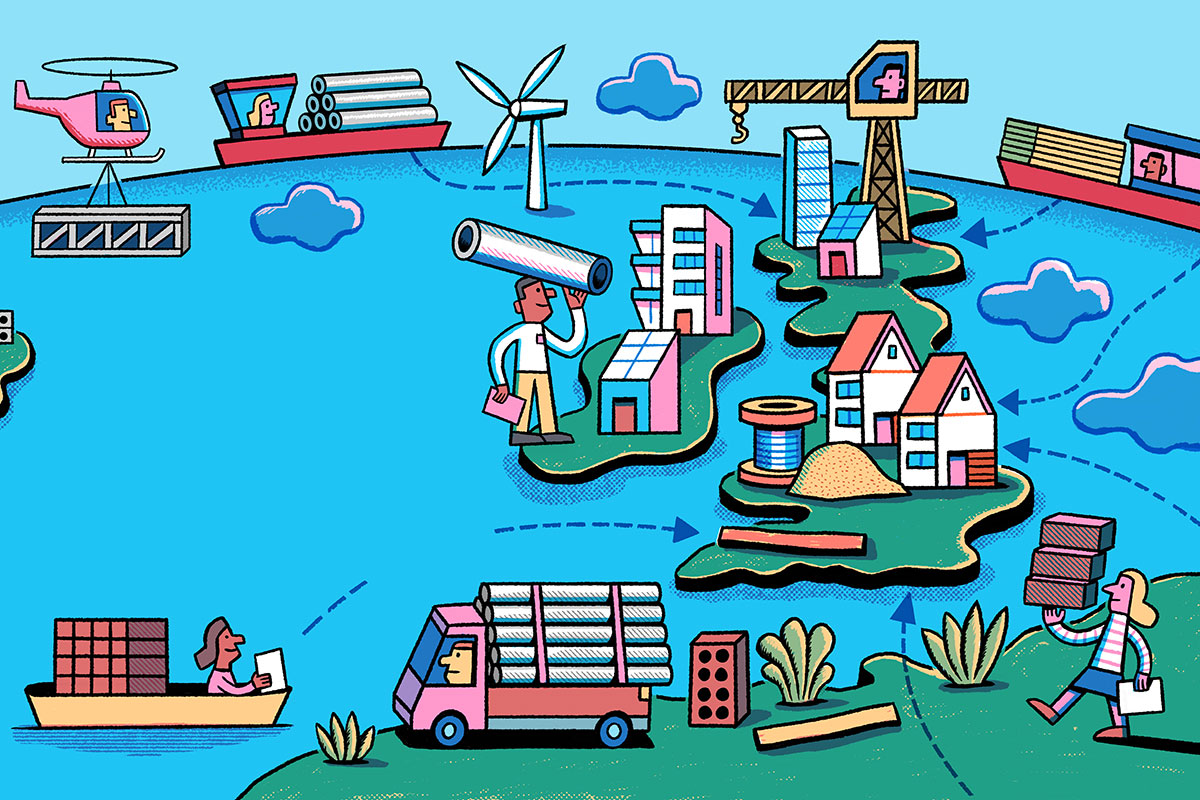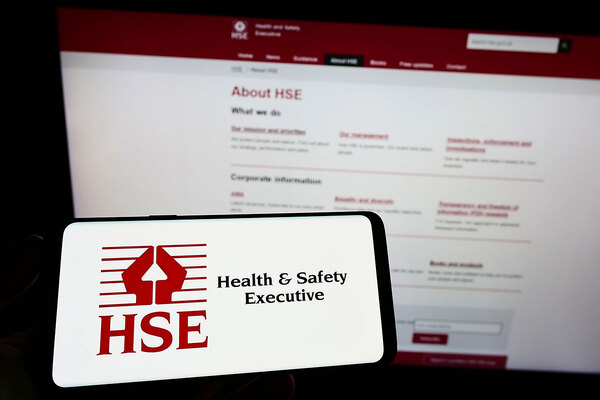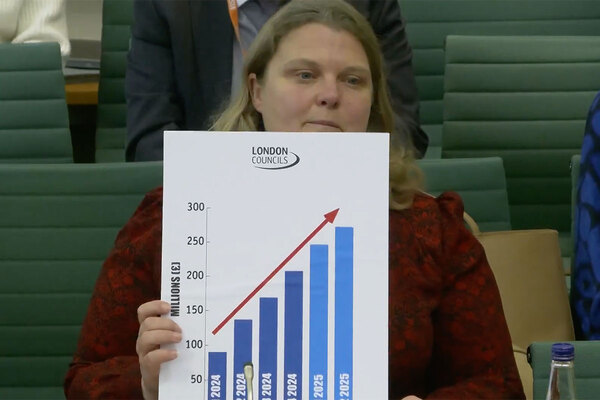Procurement in a time of ESG and net zero
How can social landlords use procurement to their advantage when it comes to environmental, social and governance concerns? Inside Housing finds out from Clive Feeney of LHC Procurement Group

In association with:

From decarbonisation to environmental and social impact, housing providers today have a variety of criteria to factor into their decision-making when it comes to procurement. As well as ensuring quality and value for money, good procurement can help to deliver the environmental, social and governance (ESG) benefits that are becoming an increasing priority.
How can landlords use procurement to their best advantage in these areas, and what role can frameworks in particular play here? Inside Housing spoke to Clive Feeney, group managing director at framework provider LHC Procurement Group, to find out.
In this era of increased focus on ESG, how can procurement make a difference?
Understandably, housing providers want to de-risk their projects in any way that they can. There’s plenty of increased complexity in the tendering process, particularly given the growing importance of ESG and delivering retrofit at scale. Organisations are working to meet high demands on tight budgets, while operating within a changing policy landscape. It’s therefore crucial that they feel confident they can access a supply chain with the skills, knowledge and competence to deliver what’s needed.
One of the main advantages of using a procurement framework is the reassurance that comes from knowing the companies appointed to them have been individually verified.
For example, while developing our upcoming Retrofit and Decarbonisation (N9) Framework, we asked potential suppliers all-important questions regarding not only their environmental credentials but also their ongoing commitment to social value. This should be continually monitored throughout projects. We look beyond policy at how social value can be achieved tangibly and seek suppliers that demonstrate clarity on the social value purpose.
Procurement organisations are uniquely placed to foster greater collaboration and co-operation between clients and suppliers through pre-tender engagement (PTE) and help align service delivery with the outcomes that clients want to see.
This not only generates cost efficiencies, but also better community benefits and much more.
What sort of information might procurement organisations look for from potential suppliers with ESG in mind?
A key thing we favour is accreditation, and the competence of suppliers against a set of key standards. One example in our upcoming framework is PAS 2030 – the industry standard for installers of energy efficiency measures. Not everyone has that accreditation, especially SMEs, but that shouldn’t hinder their chances. At LHC, where 60-70% of frameworks are SME-focused, we’ll support them in gaining such accreditation through the life of the framework.
We use other metrics besides more technical evaluations – many of which are about examining suppliers’ ability to deliver tangible social value outcomes and impact.
There are regulations in each region, including the Public Services (Social Value) Act 2012, which set the expectation that all public sector organisations and their suppliers look beyond the financial cost of a contract to consider how the services they procure can improve the economic, social and environmental well-being of an area. The Procurement Act 2023 further establishes this to ensure that public sector procurement helps support local communities.
How can procurement organisations and housing providers maximise the benefits that procurement can offer in this area?
We are very passionate about early engagement to maximise positive outcomes from the procurement process. It drives greater innovation, allowing solutions to be developed in partnership with local supply chains, with the relevant services and expertise.
Framework providers can facilitate that; they should start by finding out what their clients need and work backwards from there. This means conducting PTE activities with suppliers and the market, while keeping abreast of any changes to policies, regulations or national standards that may impact the framework in the years to come. PTE is only effective by remaining close to the market, developing strategic relationships, and investing in the right staff to deliver effective partnerships with clients and the supply chain.
For housing providers embarking on retrofit projects, this process of early engagement should also help them to understand their stock so that they know the kinds of services they need. It means engaging early with tenants, too, to account for their perspectives and needs.
What should housing providers be on the lookout for when choosing a procurement framework?
The number-one priority should be flexibility of the framework, while maintaining high-quality standards. It’s important to consider whether, depending on market engagement, the framework can be structured around, for example, the appointment of suppliers local to the client’s region. This necessity for local suppliers is common among our clients during PTE for many reasons. Sometimes they have objectives around driving positive local economic outcomes.
We strongly believe in examining the social value strategies of potential procurement organisations. For us, those include setting out the health and well-being benefits to individuals, and scoring the environmental and social mobility impacts of a given project.
Are there any potential pitfalls that providers should be aware of around the procurement process?
Vagueness around social value outcomes is something to watch out for. As a not-for-profit organisation, our primary focus is making sure we deliver the right outcomes for clients and residents.
A lot of the social value measurements used by the market are a bit too broad. That can be a concern – but things are changing, and it’s incumbent on organisations like us to take a leadership position and get this right.
In our upcoming decarbonisation and retrofit framework, for example, we set out to bring some real clarity to this area, to look at it in a much more detailed way, and to set standards for how we measure the tangible social value impact and outcomes of projects. We’re working with HACT as consultants on this, with a clear focus on three key social value impact areas – all clearly defined and measured properly.
Those kinds of standards should be set out early in the evaluation process for suppliers, and built into the evaluation criteria: can companies demonstrate an ability to deliver on the sorts of value impacts that we are going to be measuring? How will that data be captured and presented so that we can assess those outcomes and present that information back to clients?
Procurement today is becoming increasingly about more than just the technical outcomes; we are proud to be leading the way by taking it to that next level and really focusing on the more qualitative outcomes.











